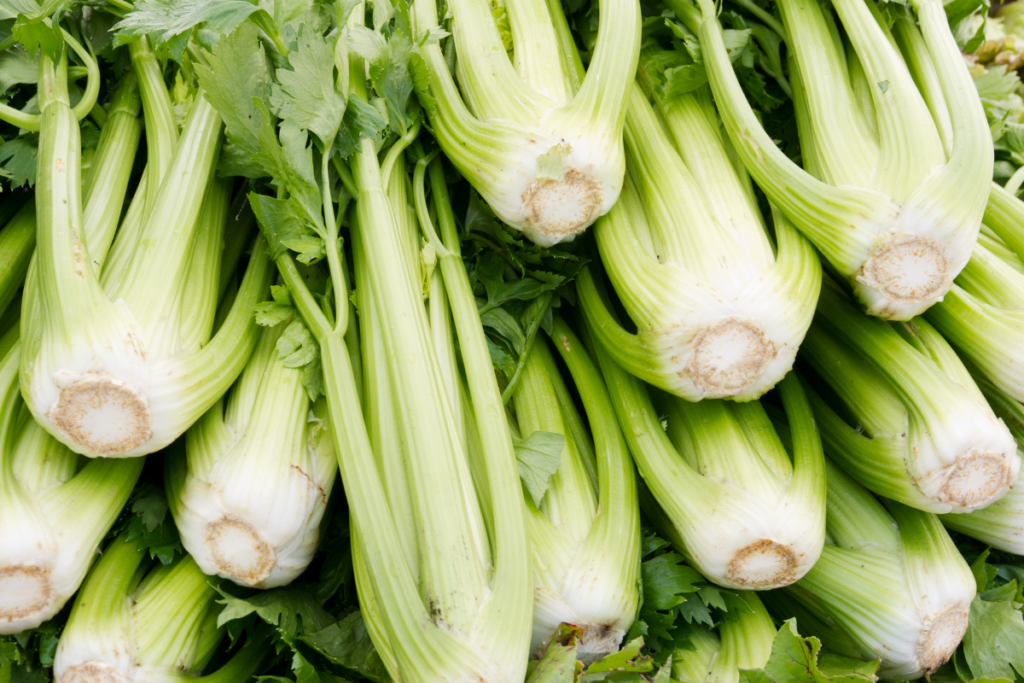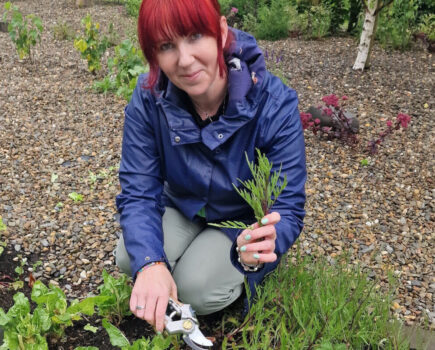Bob explains the ups and downs of getting crops to grow for you
Over the coming month or so we’re starting off most of our crops. Many are not that difficult to grow and usually fairly reliable, which is how come they have been selected as garden crops over the centuries. Obviously some are more demanding than others. It’s not that you cannot grow these it’s just they’ll need much more exacting conditions.
How to boost results
Now if you want success, the first rule is to sow seed for what grows easily in your conditions, with your available time and attentions. Hoping for heads of blanched celery will not be an easy prize for anyone just beginning to garden, or experienced for that matter. It’s fiddly, expensive in time, and demands very moist, very rich soil. Although some lucky folk will annoyingly succeed -I find it best not to try too many of these more ‘difficult’ crops.
Crops to maybe avoid
Over many years, with so many questions asked and experiments conducted, I reckon the growing of the likes of celery, celeriac, Florence fennel ‘Finocchio’ and Chinese cabbage are all akin to investing in racehorses. Only do so if you happy to lose.
Likewise, unless you’re gifted with heavy moist and rich soil, then cauliflowers, leeks and swedes may be disappointing. And best not expect those delicious, but notably less common root crops such as salsify, scorzonera and skirret to give plump succulent roots as easily as carrots.

It goes wrong sometimes for us all
Know also that quite often small seeds, especially parsnips, fail, not just for novices but for experienced old timers as well. It’s not just you. So don’t panic, simply sow these more carefully, in a series of small batches a week or so apart, not all in one go. Sow thinly, accurately and fill more space than needed in total then hoe off the surplus, poorest batches.
Easy to grow crops
On the other hand, some crops will always give you a return, just bigger when you get it right. It takes some incompetence not to get any courgettes or potatoes at all. Broad beans are a sure bet, peas and later the French and climbing beans are near as reliable as spuds. You will get a crop, just bigger when you do a better job.
Legumes, are seed crops, so we’re simply asking the plants to do what they want to do and to do it well. Whereas most of those earlier ‘difficult’ crops are being forced to perform like Olympic athletes swelling to relatively unnatural size and without rushing to flower and seed, which requires more precise conditions.
Ultimately, just give it a go
The challenge is you cannot easily tell what will prove reliable for you until you’ve actually tried on your plot, as each and every soil and microclimate favours some, and not others. So take a wander through a nearby allotment or where you can see many back gardens as this will show you what does well enough locally for other folks to keep on growing. Joining a local horticultural club can be another superb source of advice, though do beware ‘experts’ who grow for show, as they’ll no-doubt be recommending implausible levels of effort you’ll not want to match.
Find more tips, advice and articles like this at the Amateur Gardening website. Subscribe to Amateur Gardening magazine now.





